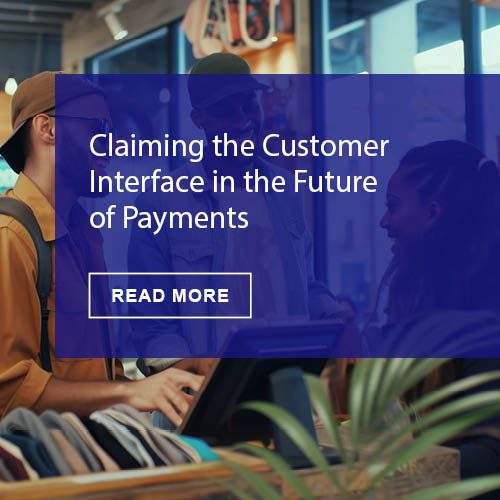With the rise of the gig economy and a wider swathe of Americans defining work on their own terms, the assumption of slow payments isn’t as safe as it once was. Gig workers—the independent contractor crowd—are on a healthy growth curve. According to a recent study, “Gig economy workers are projected to account for more than $677 billion of total U.S. income in 2017.”
Gig workers are the intrepid workforce of the future. They challenge the status quo by forging a new model of work contracts made up of several clients of their choosing. By turning the age-old management model of the nine-to-five on its head, many gig workers are able to create their ideal future by being their own boss.
This type of work is expected to swell by the year 2020. Which begs the question: How exactly are slow payments holding gig workers back? Is it float time? Swamped payment personnel? Legacy payment technology? As it turns out, it’s a little bit of everything.
This emerging style of work clashes with legacy payment terms as most would expect. The challenge many gig workers face is cash liquidity. Some may negotiate advance payment terms with smaller clients, but when contracting with a bigger enterprise, gig workers may be subject to 90- or 120-day payment terms. Paying bills or covering expenses within those terms is a challenge, to say the least. Chairman and CEO of HyperWallet, Brent Warrington, shares his thoughts on the remedy for slow payments:
“In some cases, liquidity is the big issue. Marketplaces may need to cover the cost of working capital if they want to pay workers sooner. Other times, it’s the treasury systems, which are not equipped to meet modern expectations for payment speed.”
Fintechs are entering the market to close the time gap in payments between businesses and consumers alike. This is not just for the sole purpose of faster payments, but to address the shifting role of banking as an industry.
Faster payment means banks move from provider to partner
Banks, for some time, have felt a shift in the wind. Self-service platforms like banking apps that allow everything from money transfers to check deposits autonomously speak of a growing need for digital interface and less one-on-one transacting with a bank teller. This means one thing—good old-fashioned customer service—in the form of a smile and wink—just won’t cut it anymore.
Banks must change from being a dispenser of funds to a proactive partner by advising customers on their financial journey. Taking on a more advisory role means that data visibility and the ease of moving money grow more important each year. Making payments in the modern age means excluding a lot of the old manual work like slipping a check in the mail or filling out bank forms to move money overseas. Payments aren’t being viewed as a service anymore but as data opportunities.
Faster payments are a data opportunity
Banks, along with many companies, aren’t just interested in helping consumers or businesses move their money around, but in observing the patterns and data attached to payments.
Payments carry rich data in the form of remittances and reconciliation paperwork. Services that cut down on the back end work by automating reconciliations along with the payment are serving a need for faster, more accurate transactions.
Hunting down payment reconciliation information can feel like a needle in a haystack hunt for AP staff, and services that cut down on this type of work help drive revenue back through the doors of businesses instead of leaking costs with inefficient manual tasks or financial drudgery. This also means that contractors or gig workers have a chance of getting paid sooner. According to a recent study: “84 percent of surveyed respondents said they would do more gig work if they were paid faster.”
Faster payments means more autonomous work
Economically, faster payments make sense. Check float isn’t what it used to be. But in the long run, it isn’t just about sending payments faster but making way for new imaginings of the banking industry and the traditional workplace. Creating services that serve greater personalization and autonomy will equip the modern worker with more options to do the kind of work they want, which benefits everyone.











